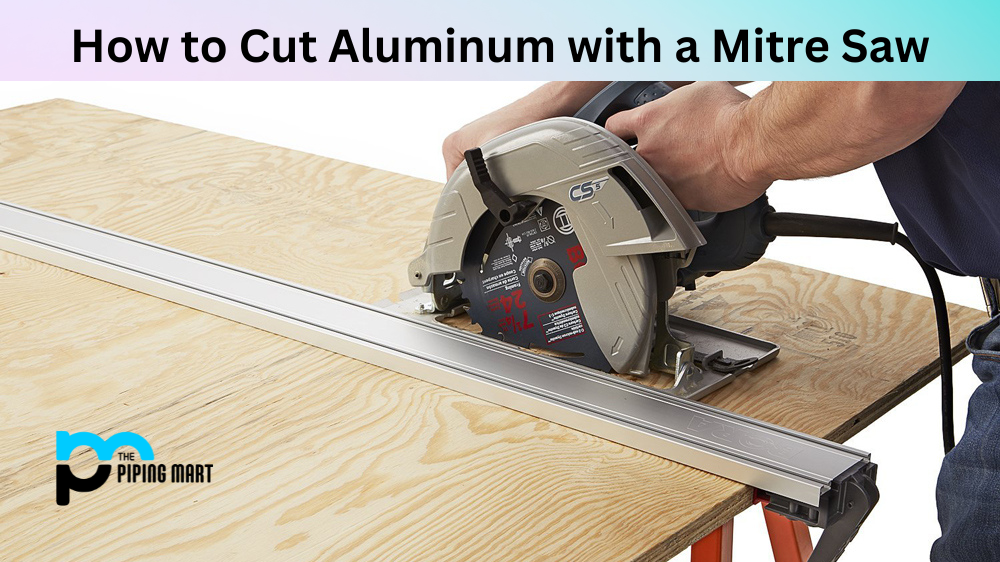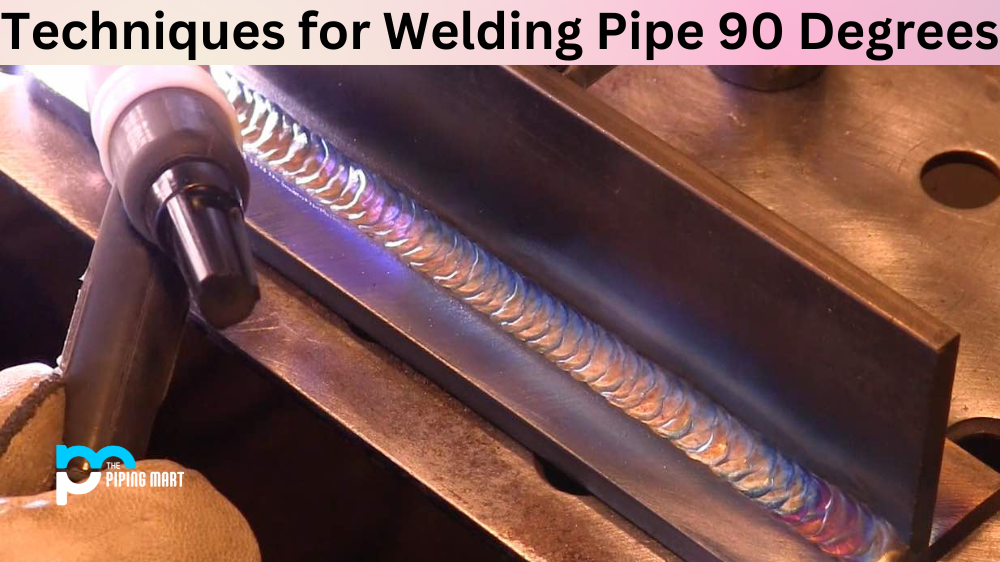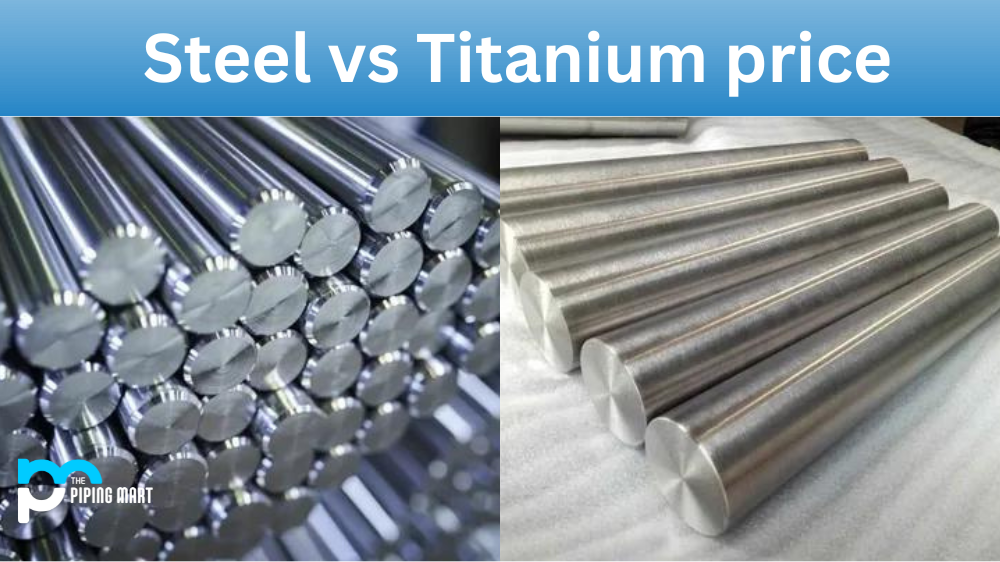Cutting steel with a mitre saw can seem daunting, but it doesn’t have to be. With the right tools and these simple instructions, you can make quick work of steel-cutting projects. Whether you’re a professional or an amateur DIYer, you’ll be able to get the job done quickly and safely. Let’s break down how to cut steel with a mitre saw.
Choosing the Right Blade for Steel Cutting
The type of blade you choose will significantly impact how successful your project turns out. When cutting metal with a mitre saw, it is essential to use only knives specifically designed for metal cutting. Standard woodworking blades won’t do here; they don’t have the correct teeth or thickness. A metal-cutting edge should have around 60 teeth made from high-speed steel (HSS). Check the packaging of any blade you buy; if it doesn’t say “metal cutting” on it, don’t use it!
Safety First
Before embarking on any project involving power tools and metal, it’s essential to take safety precautions. Make sure your workspace is clean and clear of any debris that might interfere with your work process; this includes anything that could get caught in the blades or cause injury or distraction while operating the saw. Ensure that all guards are in place and wear appropriate eye protection when using power tools like mitre saws.
Finally, start by making test cuts in scrap material before attempting any cuts on actual pieces being used in your project – this will help you get familiar with how the saw works and ensure that everything is set up correctly before beginning your project.
Conclusion:
Now that you know what blade to use and what safety measures need to be taken when working with power tools, let’s look at some critical tips for getting quality cuts from your mitre saw when dealing with steel materials. Always ensure your measurements are precise; even minor errors can lead to big problems down the line! Also, bear in mind that because metal conducts heat differently than wood does, using too much pressure during cuts can cause excess heat buildup, which may damage both your blade and material alike—so go easy! Finally, keep lubricant handy while cutting metals, as this will help ensure smooth operation and extend the life of both blades and the material being cut. With these tips in mind, you’ll be able to easily make quick work of any steel-cutting project—no matter if you’re a pro or an amateur DIYer!

Pipingmart is a B2B portal that specializes in metal, industrial and piping items. Additionally, we share the latest information and information about materials, products and various types of grades to assist businesses that are involved in this business.




